World Asteroid Day: Five largest known impact craters on Earth dating back millions of years
World Asteroid Day raises awareness of the threats posed by asteroids.
World Asteroid Day will take place for the third year in a row on 30 June. The day was set up in 2015 and marks the anniversary of the largest asteroid impact in recent history, the 1908 Tunguska event in Siberia.
Scientists want World Asteroid Day to be an occasion to raise awareness of the potential threats posed by asteroids. In recent years, scientific knowledge of Earth-threatening large asteroids (larger than 1km across) has vastly improved but very little is known about smaller asteroids that could still cause significant damage if they were to hit our planet.
It is estimated that about one million asteroids have the potential to impact Earth but only 1% have been discovered so far – leading the co-founders of World Asteroid Day to draft the 100X Asteroid Declaration. This text calls for increasing the rate at which asteroids are discovered to 100,000 per year within the next ten years.
Scientists have a range of sources at their disposal to estimate the impact frequency of asteroids of different sizes. Some of these include looking at impact craters that were made in the past on Earth.
IBTimes UK takes a look at some of the largest, most ancient asteroid impact craters on the surface of our planet, which have been studied extensively to find out more about the risk associated with these space rocks.
Vredefort Crater
Located in South Africa, some 120km south-west of Johannesburg, Vredefort Crater is part of a larger meteorite impact structure (or astrobleme). With a diameter of about 380km, it is believed to be the largest impact structure on Earth, but also the most deeply eroded.
The impact is thought to have taken place around 2,023 million years ago, also making it the most ancient impact structure on our planet.
Vredfort Crater is a sign of the greatest known single energy release event on Earth and would have had devastating global effects. As such, it is critically important to understand the consequences of large asteroids as well as Earth's geological history and evolution. For all these reasons, it was dded to UNESCO's heritage list.
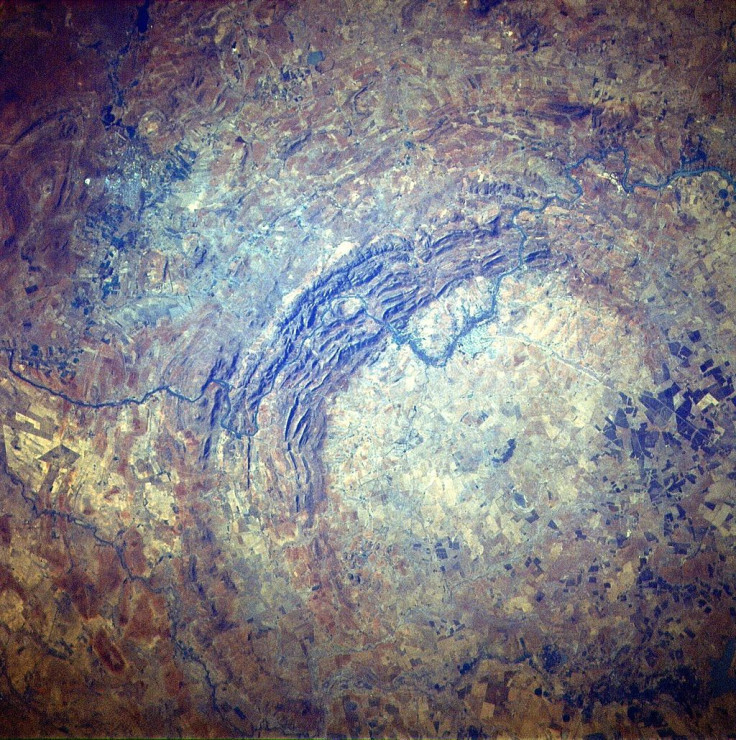
Sudbury Basin
Sudbury basin, situated in Ontario (Canada), is the second largest impact crater in the world. It is believed to have been formed by the impact of a 10km-wide meteorite around 1.85 billion years ago. Today, as a result of erosion, the crater is 62km long, 32km wide and 15km deep, but the original structure is thought to have been at least 250km in diameter.
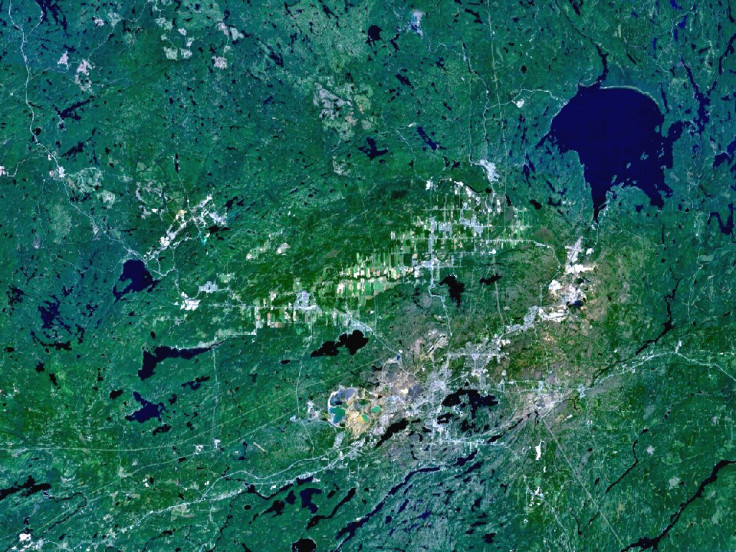
Manicouagan Crater
Located in Quebec, Canada, this crater was caused by the impact of a 5km-wide asteroid about 215.5 million years ago. Scientists describe this crater as a multiple-ring structure about 100km across, with its 70km diameter inner ring as its most prominent feature.
Because of these unique features which make it easy for astronauts to identify from space, many pictures have been taken of the crater in the last five decades.
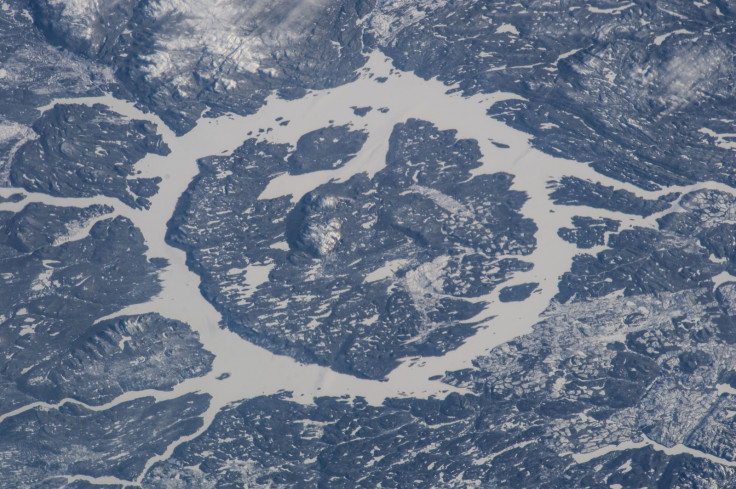
Chicxulub Crater
This is perhaps the most famous impact crater on Earth, associated with the asteroid impact that wiped the dinosaurs from the planet, around 66 million years ago. Located in Mexico in the the Yucatán Peninsula, it is also one of the largest impact structures on Earth.
Studies have estimated it to have a diameter of between 170 to 300km but erosion means it is difficult to confirm these figures. For decades, scientists did not know what it looked like (hence why there are few images of it) because it was hidden and preserved beneath a kilometre of younger sediments.
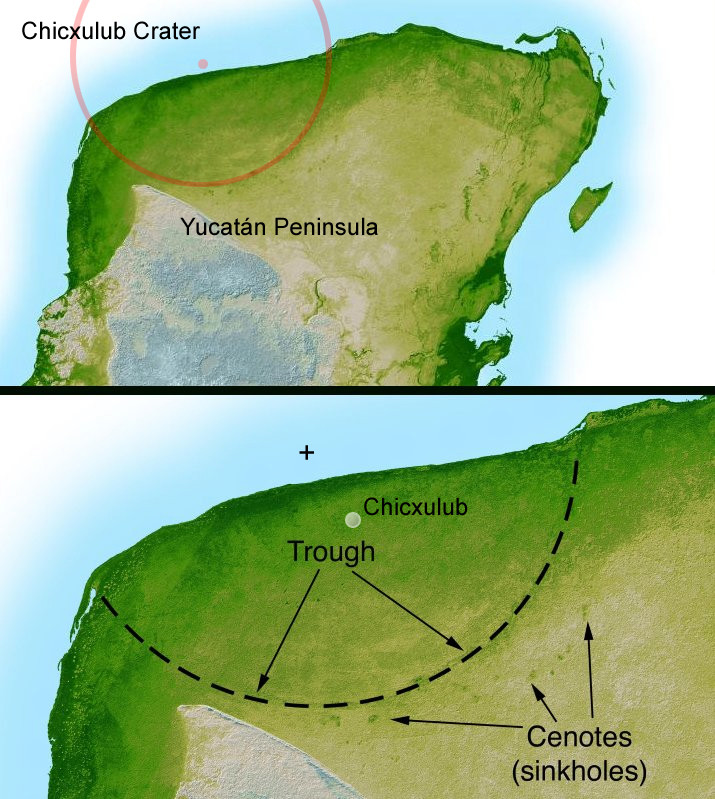
Popigai Crater
This Siberian crater is perhaps one of the most mysterious and has been described as a 'diamond crater'. It is located in a very remote region thousands of kilometres away from any urban centre.
Analyses at the site have revealed that super-compressed diamonds are encrusted in the permafrost, but this discovery was long kept a state secret by Russia. However, these are not the kind of diamonds that would be use to make jewels - the only thing they have in common with the diamonds we know is density, hardness, and brightness.
The 100km Popigai Crater is thought to have been left by a huge asteroid strike in Siberia 35 million years ago.
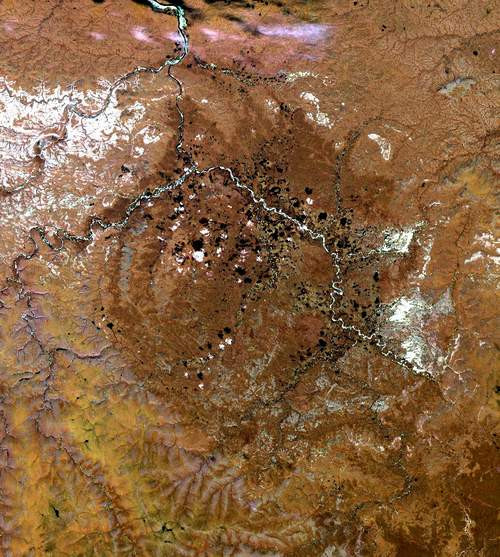
© Copyright IBTimes 2025. All rights reserved.






















